Please critique my backyard design
laurell
15 years ago
Related Stories

GARDENING GUIDESGreat Design Plant: Ceanothus Pleases With Nectar and Fragrant Blooms
West Coast natives: The blue flowers of drought-tolerant ceanothus draw the eye and help support local wildlife too
Full Story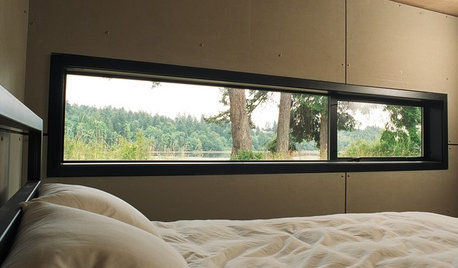
ARCHITECTUREDesign Workshop: Just a Sliver (of Window), Please
Set the right mood, focus a view or highlight architecture with long, narrow windows sited just so on a wall
Full Story
GARDENING GUIDESGreat Design Plant: Snowberry Pleases Year-Round
Bright spring foliage, pretty summer flowers, white berries in winter ... Symphoricarpos albus is a sight to behold in every season
Full Story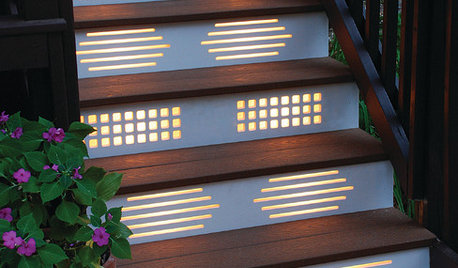
GARDENING AND LANDSCAPINGNo Fall Guys, Please: Ideas for Lighting Your Outdoor Steps
Safety and beauty go hand in hand when you light landscape stairways and steps with just the right mix
Full Story
HOUSEPLANTSMother-in-Law's Tongue: Surprisingly Easy to Please
This low-maintenance, high-impact houseplant fits in with any design and can clear the air, too
Full Story
HOME OFFICESQuiet, Please! How to Cut Noise Pollution at Home
Leaf blowers, trucks or noisy neighbors driving you berserk? These sound-reduction strategies can help you hush things up
Full Story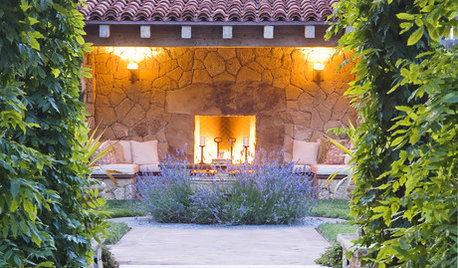
GARDENING GUIDES8 Ways to Design an Alluring Backyard
Create a pleasing sense of place in the landscape for a backyard or patio that enlivens the senses
Full Story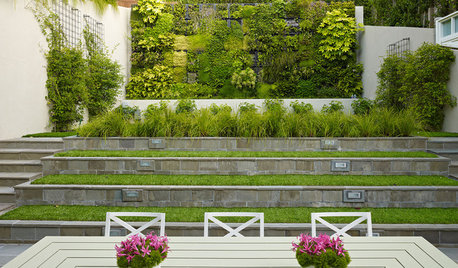
LANDSCAPE DESIGN11 Design Solutions for Sloping Backyards
Hit the garden slopes running with these bright ideas for terraces, zones, paths and more
Full Story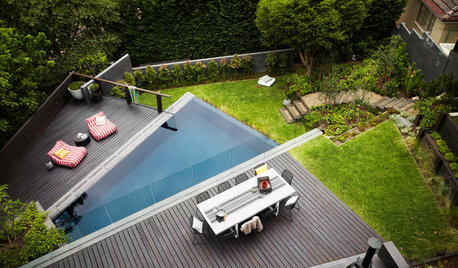
GARDENING AND LANDSCAPINGDesign Solutions for Oddly Shaped Backyards
Is your backyard narrow, sloped or boxy? Try these landscaping ideas on for size
Full Story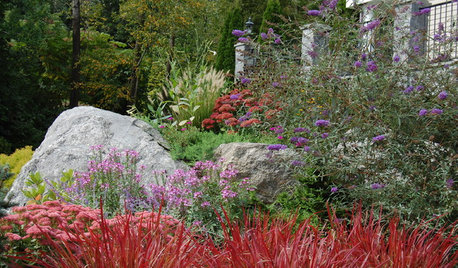
LANDSCAPE DESIGNHow to Design a Great Garden on a Sloped Lot
Get a designer's tips for turning a hillside yard into the beautiful garden you’ve been dreaming of
Full Story








larry_gene
botann
Related Professionals
Erie Landscape Architects & Landscape Designers · Beachwood Landscape Contractors · Canby Landscape Contractors · Chelmsford Landscape Contractors · Crystal Landscape Contractors · Desert Hot Springs Landscape Contractors · Euclid Landscape Contractors · Milton Landscape Contractors · North Haven Landscape Contractors · Painesville Landscape Contractors · Saint Paul Landscape Contractors · Antelope Fence Contractors · Downey Fence Contractors · Marana Fence Contractors · Palmetto Bay Fence ContractorslaurellOriginal Author
hemnancy
laurellOriginal Author
Embothrium
laurellOriginal Author
Embothrium
laurellOriginal Author
laurellOriginal Author
George Three LLC
Embothrium
laurellOriginal Author
Embothrium
laurellOriginal Author
Embothrium
laurellOriginal Author